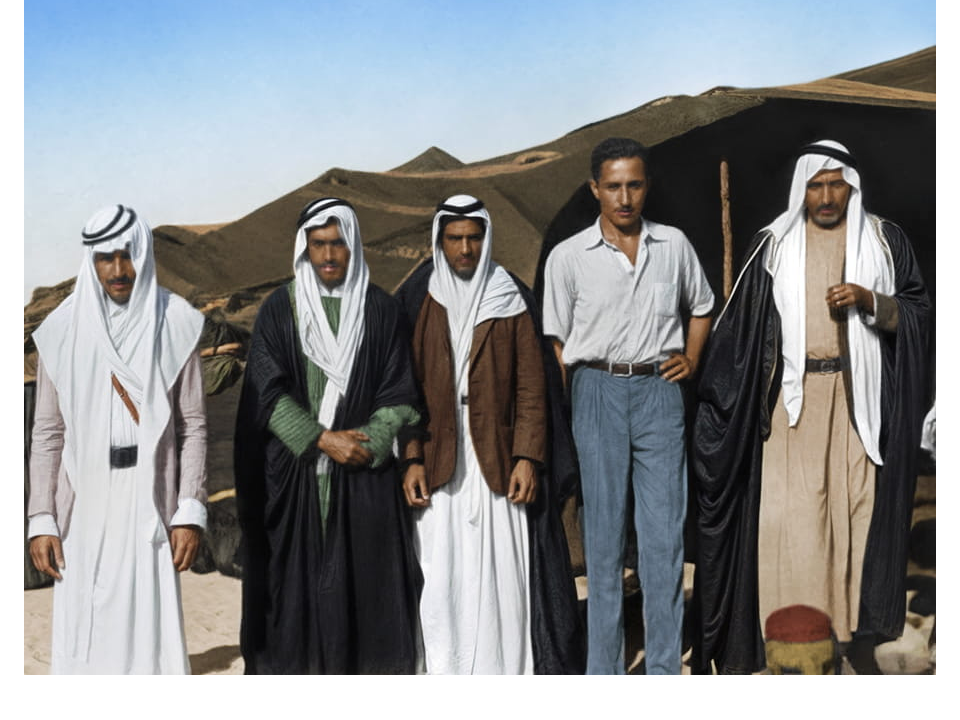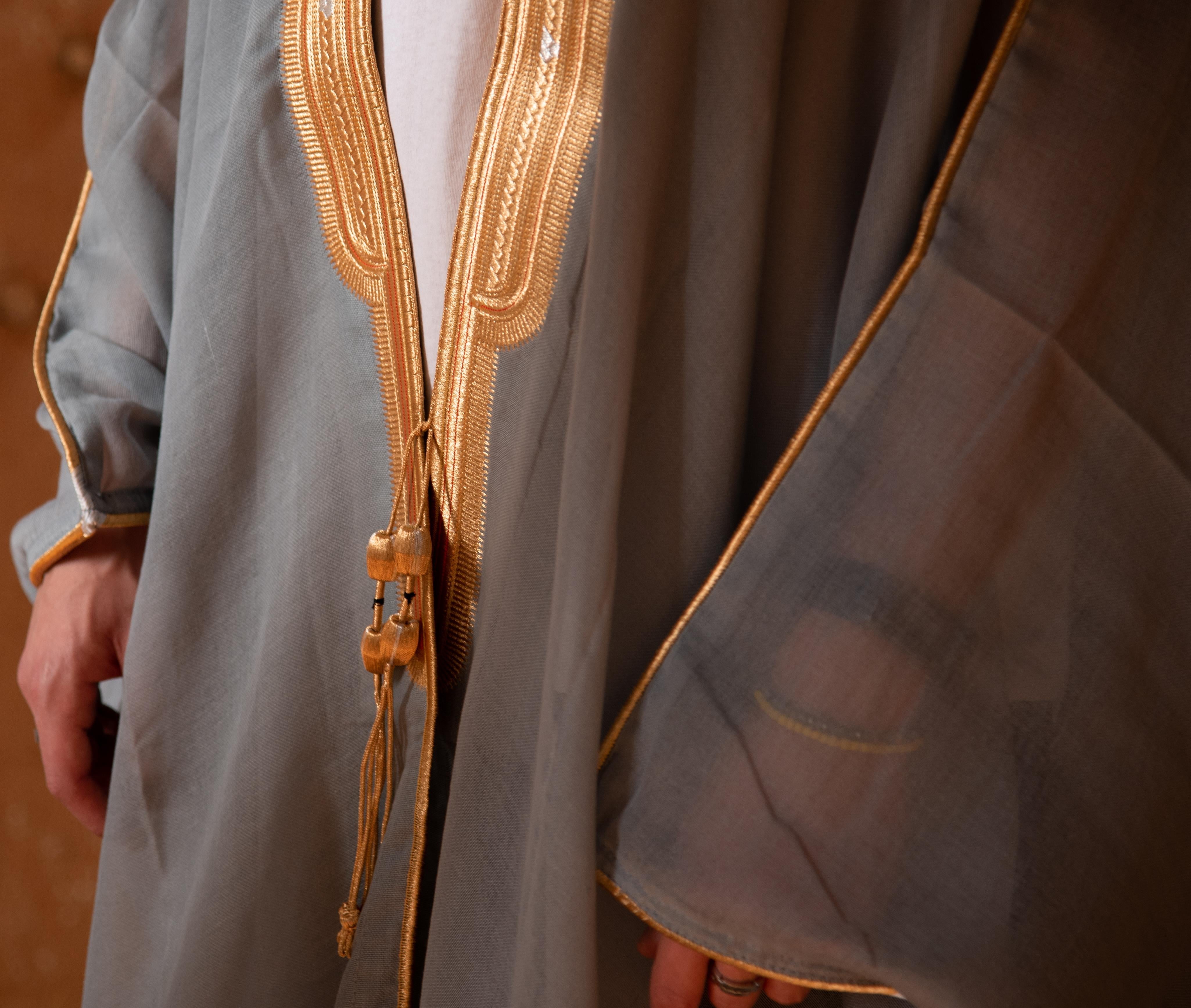As the cold winds begin to weave through the arid landscapes of the Middle East, Bedouin communities prepare themselves for the winter months, clad in traditional garments that symbolize both practicality and cultural heritage. Among these, the farwa stands out as a quintessential piece of clothing that embodies the spirit of Bedouin life, blending utility with rich cultural significance.
What is a Farwa?
The farwa is a traditional Bedouin cloak, typically made from wool or a combination of animal hides and textiles. It is designed to provide warmth during the chilly desert nights, making it an essential garment for the Bedouins, who are known for their nomadic lifestyles. The cloak is often adorned with intricate patterns and designs that reflect the personal style and identity of the wearer, as well as regional character.
Traditionally, the farwa is worn over other clothing, often paired with loose-fitting trousers and a headscarf. This layering not only adds warmth but also allows for ease of movement—vital for pastoral life that demands flexibility and agility.
Significance of the Farwa
Beyond its functional purpose, the farwa is steeped in cultural significance. It is much more than a piece of clothing; it represents a connection to the Bedouin way of life and a deep respect for their heritage. Each farwa can tell a story, encapsulating the history, traditions, and artistry of the Bedouin people. Different regions and clans have unique styles, with patterns that can denote specific cultural backgrounds or even social status.
Women often play a pivotal role in the making of the farwa, as they take pride in crafting these garments using techniques passed down through generations. The act of creating a farwa becomes a communal expression of identity and memory, fostering solidarity and cultural continuity in a rapidly changing world.
Other Bedouin Winter Wear
While the farwa is a hallmark of Bedouin winter attire, it is not the only item in their winter wardrobe. Other garments such as the bisht (a formal cloak), sirwal (traditional pants), and heavy woolen shawls complement the farwa, adding layers of warmth and protection from the elements.
The headscarf or keffiyeh is another important component of Bedouin winter wear. It serves not only as protection against the cold but also acts as a shield against the dust and sand of the desert environment. Tied around the head, it provides comfort and security, ensuring that the wearer remains both warm and fashionable.
Modern Adaptations and Cultural Preservation
In recent times, there has been a growing interest in preserving traditional Bedouin wear amidst modernization. While contemporary fashion may have introduced more casual and synthetic materials into the mix, many Bedouins still cherish their traditional garments. Artists and designers are now blending traditional influences with modern aesthetics, creating garments that honor their heritage while appealing to new generations.
Cultural festivals and fairs celebrate Bedouin attire, featuring showcases of traditional craftsmanship, allowing visitors to learn about the history and significance of items like the farwa. This cultural revival is crucial not only for preserving heritage but also for promoting a sense of pride among the younger generation, who might otherwise feel detached from their roots.
Conclusion
In the world of Bedouin winter wear, the farwa is a symbol of resilience, identity, and tradition. As communities navigate the winds of change brought by modernization and globalization, the farwa and other traditional garments serve as anchors to a rich past while also paving the way for innovation in cultural expression. Embracing farwas and their accompanying attire allows us to appreciate the craftsmanship and stories woven into every stitch, reminding us that clothing can be more profound than mere fabric—it can embody the spirit of a people.


